Alt formatting process flow chart
advertisement
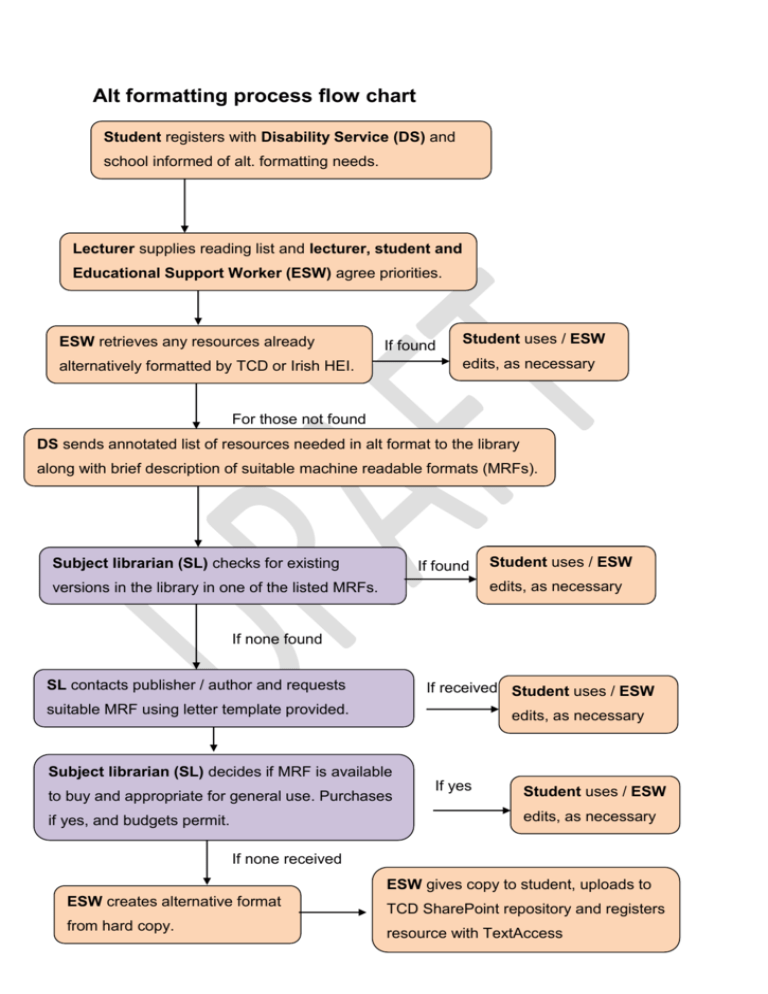
Alt formatting process flow chart Student registers with Disability Service (DS) and school informed of alt. formatting needs. Lecturer supplies reading list and lecturer, student and Educational Support Worker (ESW) agree priorities. ESW retrieves any resources already If found Student uses / ESW edits, as necessary alternatively formatted by TCD or Irish HEI. For those not found DS sends annotated list of resources needed in alt format to the library along with brief description of suitable machine readable formats (MRFs). Subject librarian (SL) checks for existing If found Student uses / ESW edits, as necessary versions in the library in one of the listed MRFs. If none found SL contacts publisher / author and requests If received Student uses / ESW suitable MRF using letter template provided. edits, as necessary Subject librarian (SL) decides if MRF is available to buy and appropriate for general use. Purchases If yes Student uses / ESW edits, as necessary if yes, and budgets permit. If none received ESW gives copy to student, uploads to ESW creates alternative format from hard copy. TCD SharePoint repository and registers 1resource with TextAccess Alt Format Process (as proposed by TCD DS) Introductions 1. The DS contacts all lecturers involved in the alternative formatting process and explains the process and the need to receive reading lists in advance of term. 1.1a - If dealing with new students: As soon as the DS becomes aware that a new visually impaired student is starting at TCD: i) DS makes contact with relevant Heads of Department (HD) to introduce the Educational Support Worker (ESW) who will be working with student (if already in place) and advises HD that ESW will be making contact regarding alternative formatting process. ii) If possible HD provides contact details for relevant lecturers. iii) ESW makes contact with HD/lecturers and arranges a meeting to explain the alternative formatting process (extremely important so that lecturers understand how the process works, how long it takes and why reading lists are required early). 1.1b - If dealing with continuing students: Prior to the beginning of each semester (at least six weeks prior to teaching commencement) i) ESW contacts student or relevant HD to identify lecturers for new semester. ii) ESW makes contact with relevant lecturers. For lecturers unfamiliar with alternative formatting process: iii) ESW meets lecturers to explain the alternative formatting process. 1.2 - For all students: ESW requests reading lists. Annotated Reading Lists Supplied 2. Lecturer supplies prioritised reading list with proper citations and details at least six weeks prior to teaching commencement. 2 Reading Lists include: i. Priority (top five 1,2,3,4,5, asterisk others) ii. Relevant chapters/sections including pages (no point in scanning a whole book when only chapter 17 is relevant!) iii. availability of material in electronic format iv. weblink/name of e-text database (e.g. JSTOR) where available Priority Citation Relevant Availability Link/location of material (give top five (preferably Chapters/Sections online/as e- (Please include library + asterisk Harvard (Please indicate page text (Please catalogue number or ISBN if others (1 style) numbers where indicate which possible) database) being most unsure of online availability) important)) Priorities Agreed 3. ESW and student meet to prioritise the reading list based on lecturer’s annotations and the student’s planned assignments. This is particularly important for postgraduate students where self-directed research is emphasized. Obtaining existing machine readable formats (MRFs) 4. The ESW seeks existing MRFs to use / edit as necessary. 4.1 - If directed towards MRF by the lecturer: The ESW retrieves it and either edits it or passes it to the student as required. (Jump to step 11) 4.2 - If not directed towards MRF by lecturer: The ESW seeks existing MRFs in TCD’s repository of alternatively formatted materials. 3 If found: The ESW retrieves it and either edits it or passes it to the student as required. (Jump to step 11) 4.3 - If TCD has not previously completed an alternative formatted version of a resources: The ESW seeks existing MRFs on TextAccess. If found: DS requests it. ESW edits it or passes it to the student as required. (Jump to step 11) If no Irish HEI has previously completed an alternative formatted version of a resource move onto step 5. Forward to the Subject Librarian 5. ESW sends annotated list of resources needed in alt format to the library along with brief description of suitable MRFs based on an assessment of student needs (some text-to-speech software will read web pages and PDF documents, depends on students disability). Subject Librarian Search 6. Subject Librarian (SL) carries out a full search of e-text databases/online resources for appropriate intermediate MRFs. If appropriate MRF is found: i. The ESW edits as necessary and passes to the student. (Jump to step 11) Requesting from Publisher: 7. SL contacts the publisher and requests MRF. If material unavailable in appropriate MRF: 4 The SL contacts the publisher, author or supplier using the agreed template (see appendix). If appropriate MRF provided by publisher or supplier: the SL forwards to the ESW, ESW edits as necessary and passes to the student. (Jump to step 11) Seeking MRF to Purchase: 8. Subject Librarian (SL) considers if MRF is available to buy and appropriate for general use (may be worthwhile for core texts).. If MRF is available and appropriate for general use: i. The SL buys for the whole class if budgets permit. Obtaining a physical Copy 9. DS obtains physical copy to create an MRF. If no MRF available SL informs DS who either buy the book or retrieve from Library. Converting the Physical Copy to MRF 10. ESW scans material and creates MRF 10.1 - If resource is too thick to be photocopied without spine removal: ESW brings book to spine chopping/removal facility (this is not to occur for library owned books without speaking to the relevant SL first). 10.1a – If weight and quality of book inappropriate for scanning: ESW photocopies pages from resource. 10.2 – ESW scans material and edits in order of priority 5 Each scanned piece is saved as one document, with a title similar to the actual title of the article/chapter. 10.3 - ESW alternatively formats file as necessary and passes to student. Store and record Resource 11. Resource is uploaded to repository and recorded with TextAccess. 11.1 - ESW uploads file to SharePoint repository and informs SL of new file (may make sense to send quarterly updates to SL). 11.2 - ESW adds record to Text Access [include a password protected hyperlink/URI to SharePoint repository]. Add to Library System 12. SL initiates the addition of the record to local Library System (as attribute of library record – e.g. available in alternative format) Clean Up 13 Return any resources to the library. If resource had spine removal: 13.1 - Book rebound if financially appropriate. 13.2 - Book sold/brought back to Library Resources: Jisc TechDis Guide to obtaining resources in Alternative formats: http://www.jisctechdis.ac.uk/pages/detail/online_resources/Guide_obtaining_textboo ks_alt_format 6 Publisher Lookup: The Publisher Look-Up Service was established to help universities find the correct publisher contact from whom to request electronic files of textbooks in order to support students with print-related disabilities. USA: http://www.publisherlookup.org/ UK: http://www.publisherlookup.org.uk/ Formats to seek: For all students the most preferable formats are: Daisy or .doc (.docx, other plain text or rich text formats), Other formats that are appropriate but will require work: PDFs: Often these will need to be scanned and converted back to Word documents. Audio books HTML: though if there are print restrictions then this method is very slow. Appendix - Template for requesting electronic resources from publishers. (Compiled by Julie Tonge, Former Access Librarian, UCD). Dear Sir/Madam Please would it be possible for you to send me an accessible electronic version of the following: Author: _____________________ Year: _______________________ Title: _______________________ ISBN: ______________________ 7 The file is for ______________, who is a print impaired student who is studying for a degree in __________ at _________________. Access to this text is required for his / her ___________________ module. In order to support this student we need to access copies of texts which are compatible with _______________ software. If possible we would like your permission for our Library to retain the document for future use by visually or other print impaired students. The Library has already bought printed copies of this title. I appreciate your assistance and I look forward to your reply. Best wishes 8
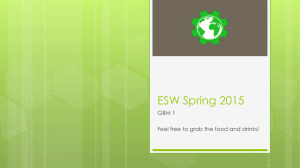
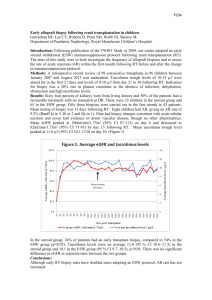
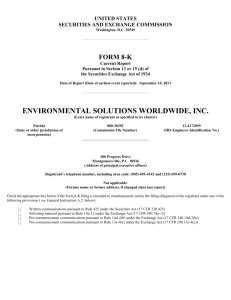
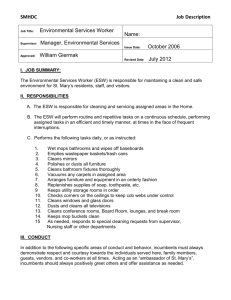
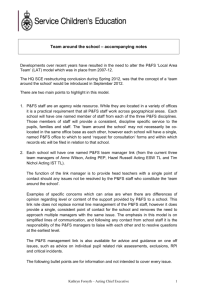
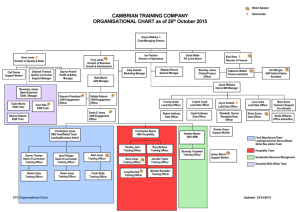
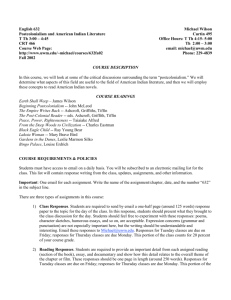
![Occasional Speaker Seminar Promo: 11nov2013 [DOC 141.50KB]](http://s3.studylib.net/store/data/007901734_2-14b3b38981428647084da60c964a252f-300x300.png)
![Seminar Series Promo: 14may2012 [DOC 141.00KB]](http://s3.studylib.net/store/data/007449204_1-c051fb5889e59f882c16e0fa5bafcb8e-300x300.png)